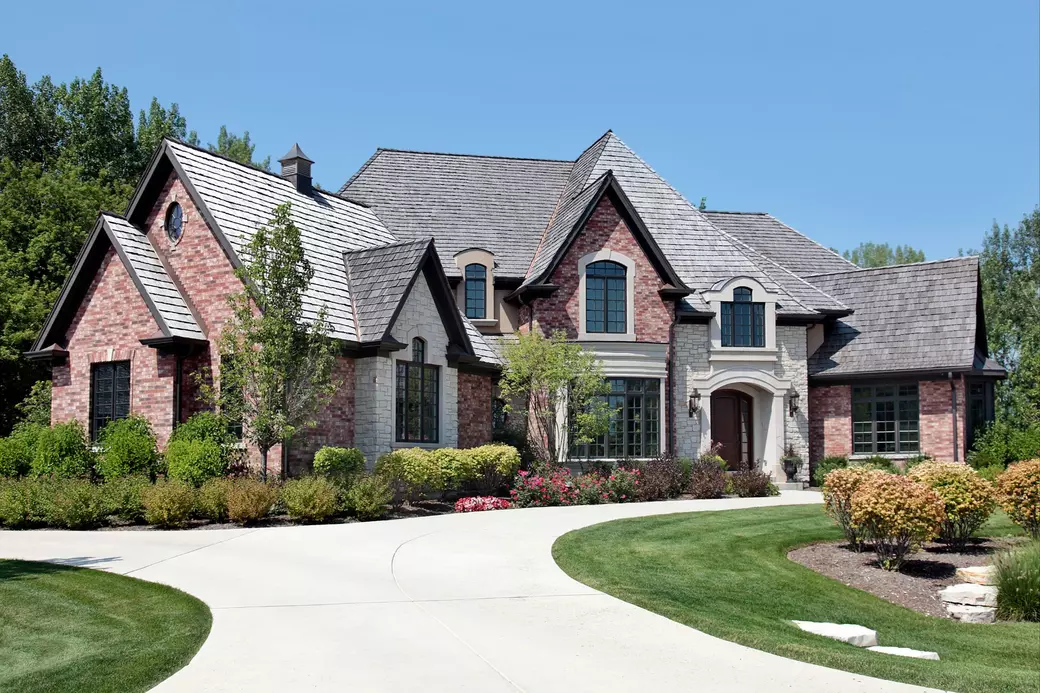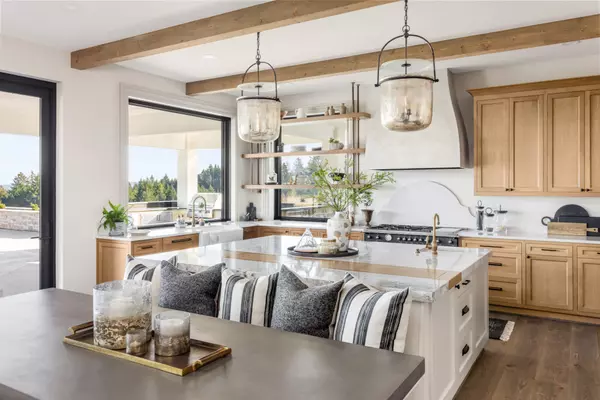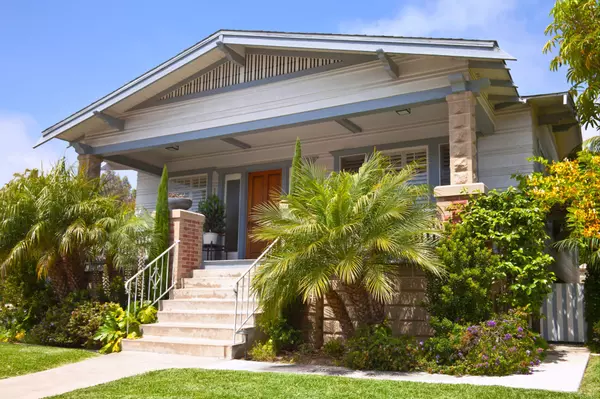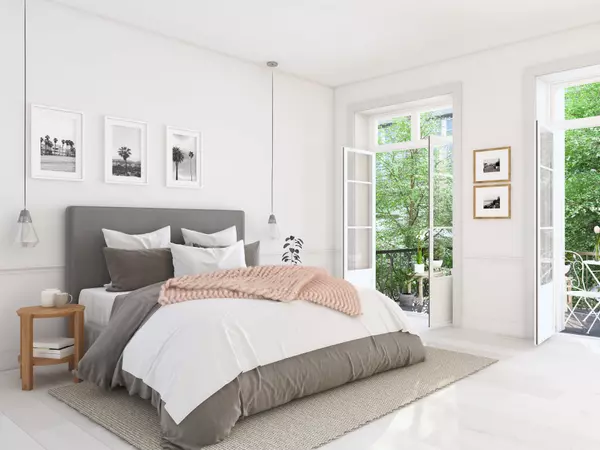What is Mello-Roos?

What Does Mello-Roos Mean and How Does it Affect the Community and Homeowners?
TRANSCRIPTION
This week, on The Winfield Weekly, we're going to talk about this weird word called Mello-Roos. What is Mello-Roos and why do you care? Well, it's very simple!
Mello-Roos actually started here in Southern California back in 1982 and, since then, has expanded into a lot of different areas. Essentially, it is a supplemental tax that has been applied to homes as a type of tenured tax lasting anywhere from 25-30 years of the first life of the home.
Now, what exactly is it paying for? What does this Mello-Roos thing do? Back in the old days, traditional neighborhoods were built by first, building the homes in an area and then building the infrastructure around it. Therefore, the schools, stores, parks and other similar structures would only be built after there were enough people living in the neighborhood. Today, we see a different approach called a Pre-Planned Community. In a pre-planned community, everything is built at the same time including parks, schools, fire departments, roads, sidewalks, and pedestrian bridges, for example. That's the reason why, when you drive down the road here in Southern California in areas that have been built with the Mello-Roos tax, you often see palm trees and other beautiful things as a part of the community.
This is awesome and makes for some gorgeous communities to come to life. But, it's not free and the actual tax amount is completely dependent upon the particular home. Now, there is a good rule of thumb to follow, especially here in Southern California. If you bought a home prior to 2003 the supplemental tax (or the Mello-Roos) isn't going to be that expensive. However, after 2003 they started increasing.
Now, the normal tax base is between 1% to 1.25% of the value of the home. That supplemental tax (Mello-Roos) can add an additional 0.25% to 0.75% onto the taxes. So, there are some neighborhoods that have Mello-Roos tax that can put your total tax base a little over 2% and that could make a huge difference in whether you can afford that house or not. It is a good idea to make sure that when you're looking at homes, you take all of this into consideration so that you know exactly what you're getting into. You don’t want to be surprised down the road!
If you have any other questions, please let me know!
Categories
GET MORE INFORMATION







